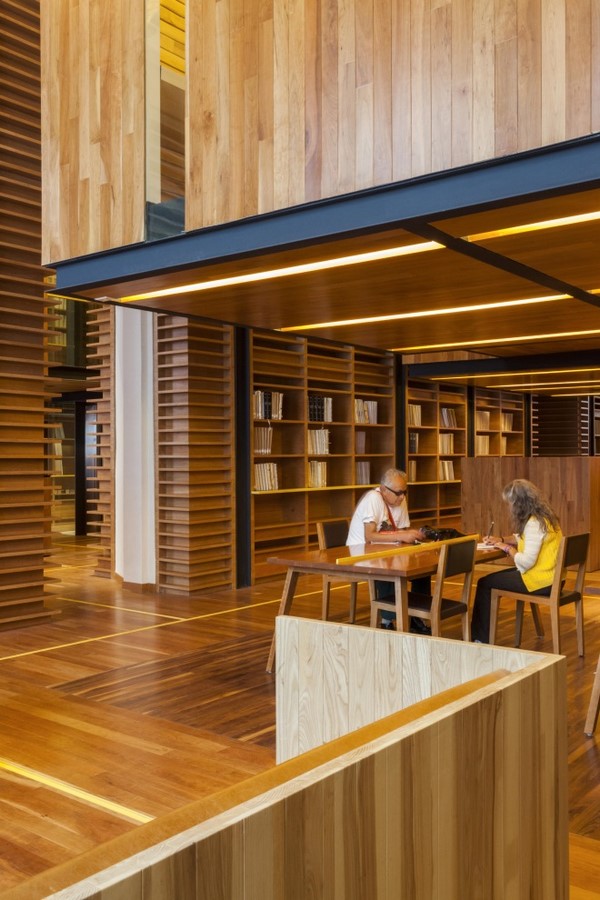Introduction:
Inclusive design stands as a beacon of progress, illuminating the path toward a more compassionate and equitable society. At its core, it represents the idea that design should be all-encompassing, transcending physical limitations and catering to the diverse needs of every individual. Within the realm of inclusive design, there exists a profound and often overlooked connection to blind mental health. Beyond the immediate challenges posed by visual impairment, this facet delves into the emotional and psychological well-being of those navigating a world largely designed for the sighted. The significance of this intersection cannot be overstated, for it touches upon the essence of human dignity and inclusivity. Understanding and championing this connection is not just a matter of architectural or societal progress; it’s a testament to our commitment to leaving no one behind in our pursuit of a better, more inclusive world.
In the ever-evolving landscape of architecture and design, a notable shift is occurring—one characterized by a heightened awareness of the principles and imperative of inclusive design. This transformation is driven by an increasingly inclusive ethos in society, legal mandates for accessibility, and a growing body of research that underscores the advantages of embracing diversity in design. Architects and designers are no longer content with mere aesthetic considerations; they have begun to recognize their role as facilitators of a more equitable and accessible built environment. This evolution has profound implications for those living with visual impairments, as it underscores the evolving understanding that design should address not only the physical aspects of accessibility but also the intricate interplay between architecture, mental health, and inclusivity. As awareness grows, so too does the potential for a world where design becomes a catalyst for positive change, offering a window into the brighter possibilities of inclusive living.

Understanding Blind Mental Health:
Blindness and vision impairment pose not only physical but also psychological and emotional difficulties. Individuals who are blind or visually handicapped may feel isolated, anxious, depressed, or frustrated. Inability to access and comprehend visual information might result in a sense of alienation from the world around them.Furthermore, the social and physical surroundings in which we live have a significant influence on our mental health. When these spaces are not created with inclusion in mind, the issues experienced by the blind and visually impaired are exacerbated. Here’s where inclusive design comes in.
Inclusive Design: A Catalyst for Well-Being:
Inclusive design is a method of making settings, products, and experiences accessible and helpful to all individuals, regardless of their skills or limitations. It’s a concept that goes beyond physical accessibility and aims to build a sense of belonging and well-being for everyone.Inclusive design is critical in empowering blind people by enabling accessibility in all aspects of life. This method includes a variety of information presentation methods, such as braille, audio, and digital text, allowing for independent access to educational resources, work possibilities, and recreational content. As a result, it reduces feelings of loneliness and boosts self-esteem.
Furthermore, inclusive design considers the needs of those with visual impairments in physical spaces through tactile paving, audible signals at crosswalks, and clear signage, facilitating seamless navigation and boosting confidence while reducing anxiety associated with obstacles or getting lost. Accessibility extends to websites, applications, and software in the digital sphere, with screen readers and voice commands allowing blind users to access online resources and engage in digital communication, encouraging a sense of connection and participation. Another key facet is social inclusion, since accessible public places, events, and services enable blind people to engage more fully in social activities, reducing isolation and contributing to better mental health. Furthermore, accessible workplaces not only provide fair job possibilities but also provide a supportive atmosphere, lowering stress and improving the general mental well-being of blind and visually impaired workers.
The Ripple Effect of Inclusive Design:
Inclusive design is a philosophy that recognises the diversity of human skills and experiences, rather than a one-size-fits-all approach. When we prioritize inclusive design, we convey a strong message that every individual is important and deserves to thrive.Furthermore, the advantages of inclusive design extend beyond the community of the blind and visually handicapped. A world built for inclusion benefits everyone. Curb cuts, for example, were originally meant to help persons in wheelchairs but now serve parents with strollers, travelers with baggage, and many others.

By recognising the significance of inclusive design in enhancing blind mental health, we get insight into the larger societal impact it may have. It serves as a reminder that our design decisions may either reinforce or break down barriers, resulting in a more inclusive and empathic society for all.
Conclusion:
Inclusive design is more than simply physical accessibility; it is also a great instrument for improving the mental health and well-being of blind and visually impaired people. When we prioritize inclusion, we build an environment in which everyone can fully engage, connect with others, and feel a sense of belonging. By doing so, we not only enhance the lives of people with disabilities, but we also benefit society as a whole. As a result, blind mental health is a compelling lens through which to comprehend the tremendous significance of inclusive design in constructing a more equal and empathic society.
References:
- ArchDaily. (2019). Architecture for the Blind: Intelligent and Inclusive Spaces for the Blind User. [online] Available at: https://www.archdaily.com/923028/architecture-for-the-blind-intelligent-and-inclusive-spaces-for-the-blind-user#:~:text=The%20design%20of%20spaces%20for [Accessed 10 Sep. 2023]
- Carrillo, G. (2020). Building for the blind. [online] Architectural Review. Available at: https://www.architectural-review.com/buildings/building-for-the-blind
- Arcaida Wards. (2018). Blind-friendly Architecture – Everything You Need To Know. [online] Available at: https://www.arcaidawards.com/blind-friendly-architecture-everything-you-need-to-know/













